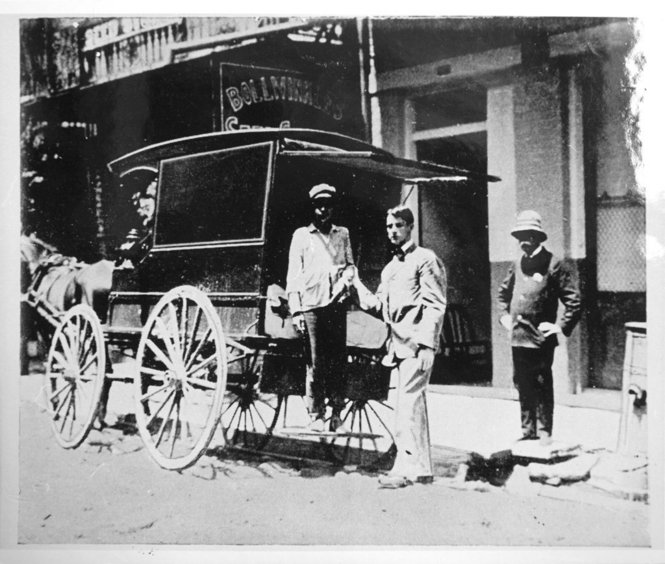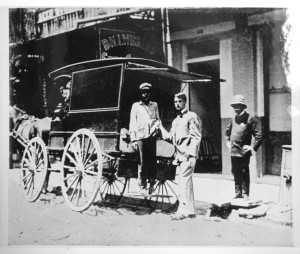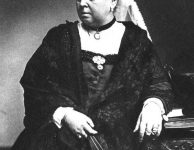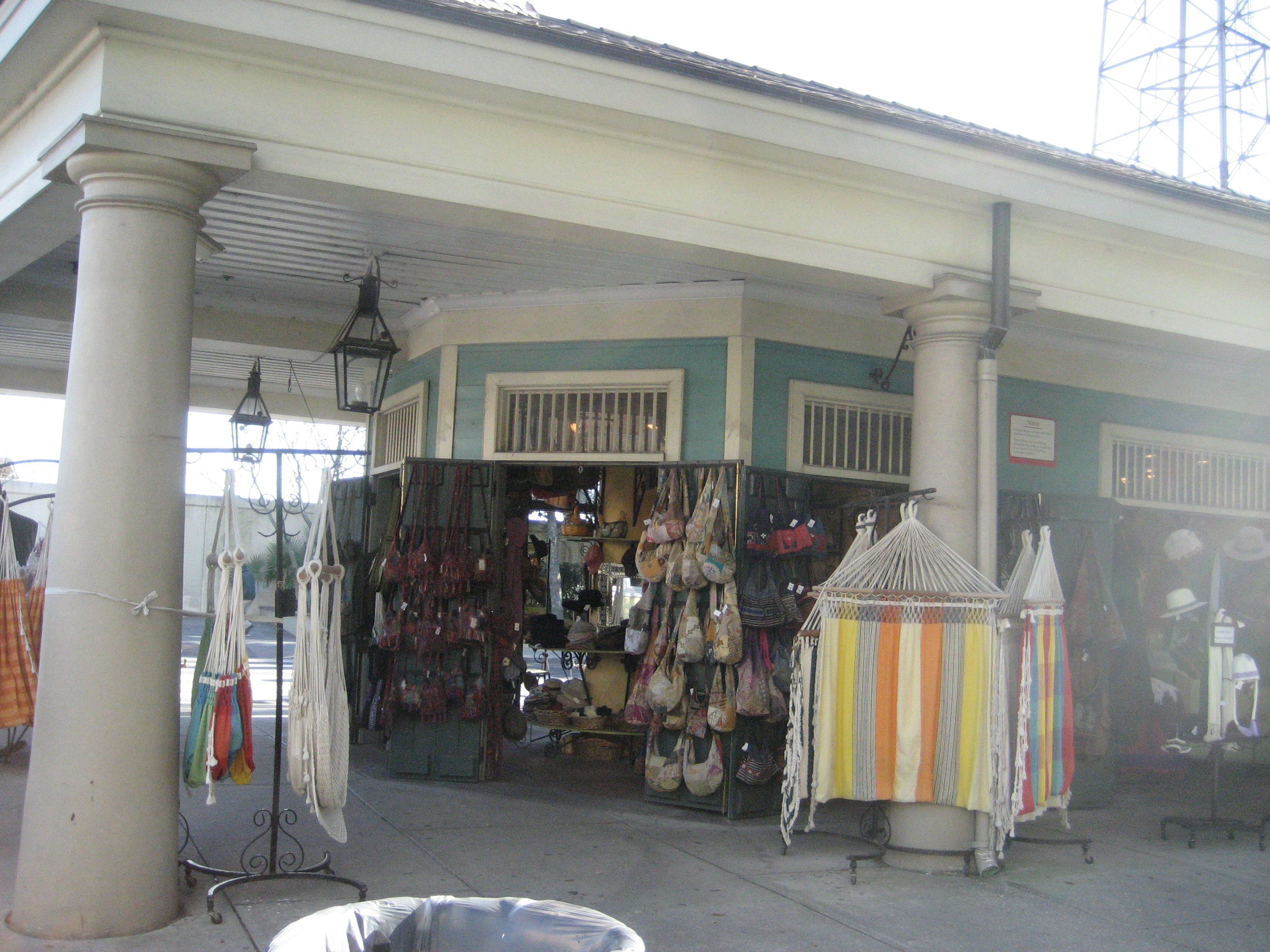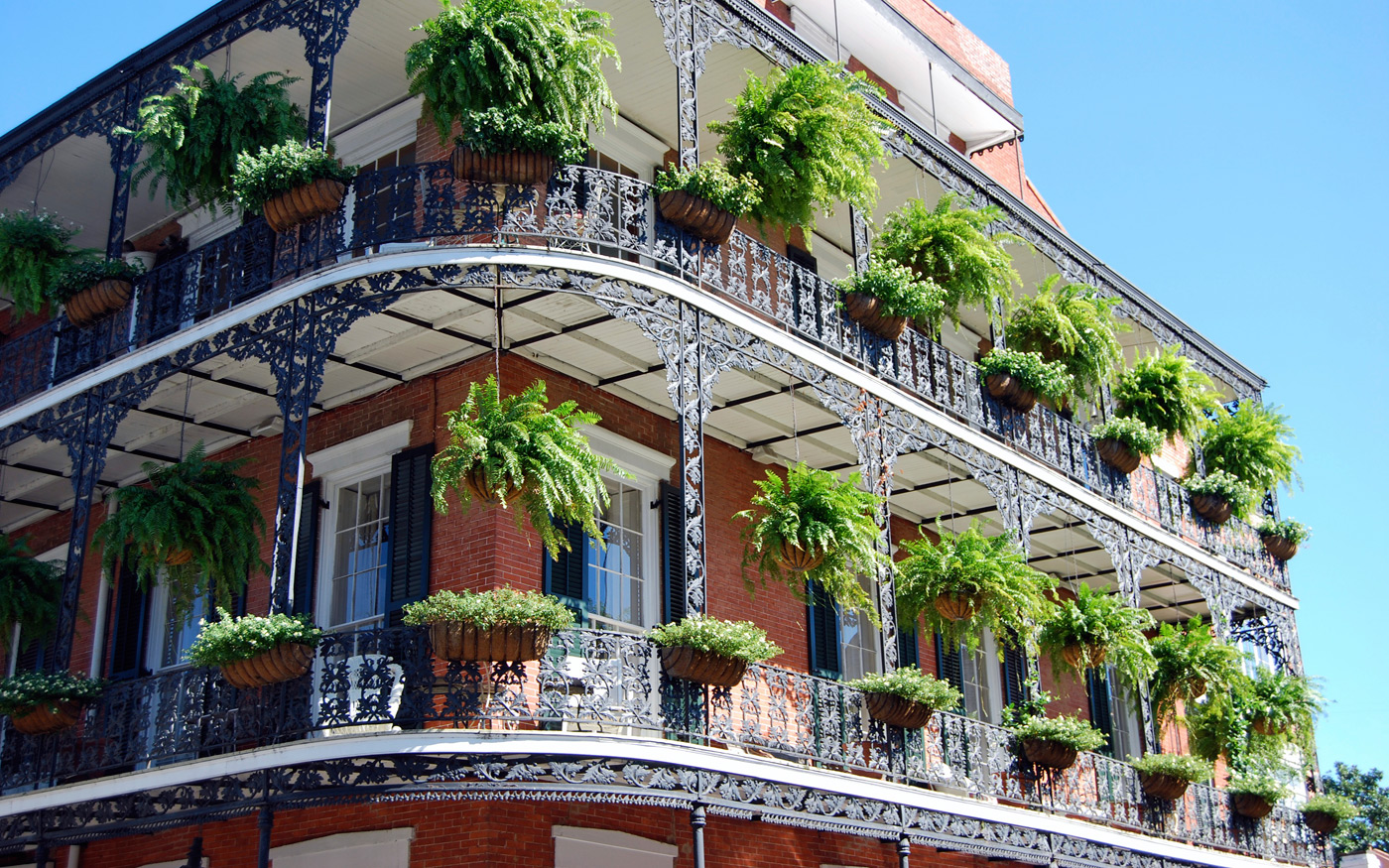Yellow Fever Kills Fictitious Men
Mary reporting. A recent blogpost suggested more than 400 ways to kill a character, listing every possible calamity from avalanche to tropical fevers.
My writing partner and I had to kill three men before chapter 1.
When we outlined The Willing Widow, our first romance in the Love in New Orleans series, we created widows Renee Desselle and her aunt, Sophie Desselle O’Brien, who share a French Quarter home.
But how to send their husbands off the page? And how to kill Renee’s father, Sophie’s brother, so the ladies have no male protector?
Yellow Fever.
Called the Saffron Scourge, Bronze John and Yellow Jack, this horrible plague fit our plot perfectly. Not to make light of it, the New Orleans epidemic of 1878 sickened 23, 540, killing 4,046, in a city with a population of 211,000.
To avoid the disease–a summer illness, subsiding with November’s cooler temperatures–many New Orleans ladies went to hotels on the North Shore of Lake Pontchartrain while their male relatives stayed in the city to carry on what commerce they could and to help those felled by the fever. It’s believable that the gentlemen in The Willing Widow die from yellow fever, but the ladies do not.
No one at the time knew that the female Aegi aegepti mosquito carried the fever. Dr. Walter Reed didn’t prove mosquitoes spread the disease until 1900. Scientists today believe the virus did not “over winter” in New Orleans in the mosquito population. They think it’s more likely the city’s mosquitoes became freshly infected each year by the arrival of infected sailors and immigrants on ships from Africa and the Caribbean.
Doctors had no idea how to treat the dreaded fever. Within three to six days of infection, the patient suffered from high fever, chills, headache, vomiting and jaundiced skin. Most horrifying was the black vomit of blood and stomach acids that preceded death.
In 1878, yellow fever was more severe than usual due to the global weather phenomenon, El Nino. (Yes, it was around way back then.) It caused a previous winter (1877) too mild to kill mosquitoes and an unusually warm and rainy spring and summer in 1878. In the spring of that year, a yellow fever epidemic occurred in Cuba, which had just won its independence from Spain. Many Cuban refugees fled north to New Orleans.
New Orleans sought a quarantine to protect the city. The Quarantine Act of 1878 signed by President Hayes gave the Marine Hospital Service the job of stopping the epidemic before it reached the city. A quarantine station on the Mississippi River south of the city sent inspectors aboard every ship coming up the river.
This was hardly fail-safe. Sailors not yet sick passed inspection, only to fall ill and die on arrival in New Orleans. The fever spread quickly in a city with open canals, nearby bayous and an immense mosquito population.
Steamboat traffic and railroads carried infected travelers up the Mississippi to Vicksburg, Memphis and St. Louis. Close to 120,000 people suffered from yellow fever in the Mississippi River Valley that year. Of these, 20,000 died. To this day, the yellow fever epidemic of 1878 remains the biggest natural disaster in U.S. history.
Photo: New Orleans suffered from its last yellow fever epidemic in 1905. Credit: Commons.wikimedia.org

